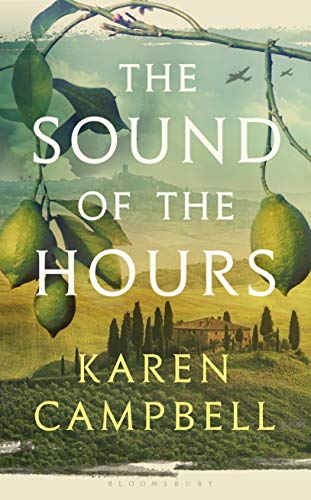The Sound of the Hours
In 1943 in the Tuscan town of Barga, 18-year-old Vittoria (Vita) Guidi is at the Chestnut Festival dance, hoping to see Joe, her Scottish cousin, who is keen on her. Vita’s Scottish father, a schoolteacher, had arrived before the war and married her mother, an Italian with Fascist leanings. With WWII raging across the Gothic Line, Joe assists the partisans, but the German Army surrounds Barga.
An American from California, Frank Chapel enlists and is sent to war in Italy as part of the all-black 92nd Division, nicknamed the Buffalos. Frank endures the segregation and derision of the time but fights hard assisting the Allies’ advance. When the Germans imprison most of Barga’s men, Vita’s mother sends her to live in Lucca. The Buffalos capture Lucca, and Vita’s and Frank’s chance meeting leads to attraction and love. But with even the Italians calling their black liberators “Moors,” Vita and Frank have to overcome intolerance and prejudice “in all the hours of combat” in hopes of a future together.
Campbell has admirably constructed the novel’s plot, based on her travels and research, by having believable protagonists: an English-speaking Scots-Italian heroine, and a Buffalo GI. The historical details are informative, particularly the internal Italian Fascist-Royalist conflict during this somewhat obscure theater of WWII. There are evocative descriptions of life in Tuscan towns, farms, and villages and in the surroundings (including the double sunsets). The novel opens with Pascoli’s poem, “L’Ora Di Barga” (“The Hour of Barga”). However, based on Campbell’s writing style and voice and the title, she has brilliantly incorporated the notion of “the hours” that was the working title of Virginia Woolf’s Mrs. Dalloway. While Vita and Frank do not meet until nearly halfway into the novel, their romance captures our heart. Highly recommended.










